Phosphorus is an essential chemical element that takes an active part in all stages of the growth of garden crops. He is responsible for all vital processes in plants. To compensate for the deficiency of this microelement, phosphorus fertilizers are used. Their importance for plants cannot be underestimated.
Content
The role of phosphate fertilizers
Phosphorus-based additives are a mineral compound where phosphorus acts as a nutrient. The trace element is the most important source of energy and the main controller of vital processes in plants. Without it, the growth of the culture is inhibited, sometimes there is a risk of loss of seedlings.
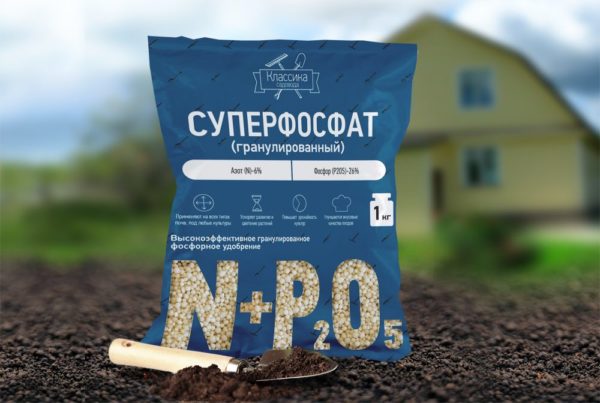 Only a sufficient supply of phosphorus to plants will ensure their normal development. When phosphorites are added to the soil at the plantings, the following are observed:
Only a sufficient supply of phosphorus to plants will ensure their normal development. When phosphorites are added to the soil at the plantings, the following are observed:
- improved growth and development;
- the formation of persistent immunity to diseases and negative environmental factors;
- improving the quality characteristics and quantity of seeds;
- higher productivity.
If phosphorus top dressing is introduced into the soil in large quantities (non-compliance with the instructions), this does not threaten the life of the plant. Plantings absorb only the required amount of nutrient.
Causes and signs of phosphorus deficiency
To an insufficient concentration of trace elements in the soil, crops respond extremely hard, because they disrupt all metabolic processes. On the appearance of plants, an element deficiency is manifested by the following symptoms:
- all parts of the landings are first painted in a bright green tint, then in purple (crimson);
- there is a deformation of the leaves and their premature fall;
- leaf plates of the lower row undergo necrotic changes, dark spots form;
- plant growth slows down;
- the development of the rhizome is inhibited;
- the retaining part of the root dies, plantings often fall.
All these formidable signs require fertilizing the earth with nutrient compounds. Phosphorus starvation in plants occurs as a result of various negative causes. The most frequent:
- heavy earth with clay;
- oversaturation of soil with potassium;
- increased soil moisture;
- lack of beneficial microflora.
Phosphorus-containing fertilizers must be applied after the true cause of the deficiency of the element is established.
Types and application of phosphorus fertilizers
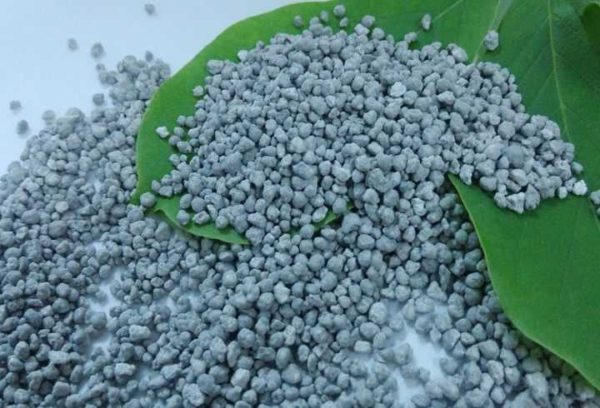 There are many names of mineral one-component fertilizing (fat). In their composition, the main element is phosphorus. According to the degree of solubility in water, all phosphorus chemicals are divided into 3 groups:
There are many names of mineral one-component fertilizing (fat). In their composition, the main element is phosphorus. According to the degree of solubility in water, all phosphorus chemicals are divided into 3 groups:
- water-soluble - used on all types of soil and for feeding any plant crops;
- sparingly soluble - used on acidic soils and leached chernozem;
- insoluble - especially effective in an acidic environment.
Water-soluble phosphate fertilizers - a universal form for soil treatment.
Dual superphosphate
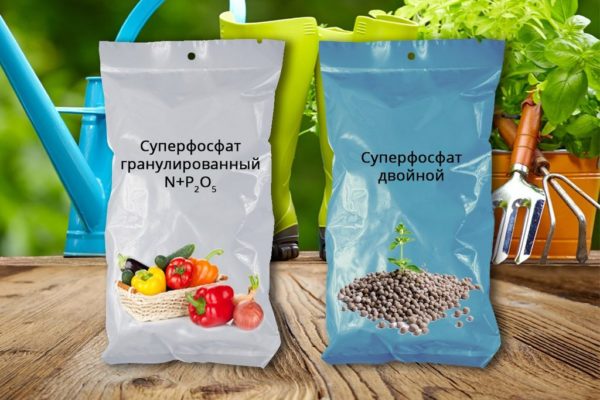 The composition contains an increased dose of phosphorus (from 40 to 50%). As a rule, fertilizer is used as intended in late autumn during plowing, less often in spring. If necessary, the soil is fertilized several times throughout the growing season.
The composition contains an increased dose of phosphorus (from 40 to 50%). As a rule, fertilizer is used as intended in late autumn during plowing, less often in spring. If necessary, the soil is fertilized several times throughout the growing season.
Use the tuk carefully, following the instructions. 5 g of water will require 500 g of the mixture. An excessively concentrated solution can burn the rhizome and lead to the death of the crop. Fertilizer is chosen for feeding fruit shrubs, trees.
Simple superphosphate
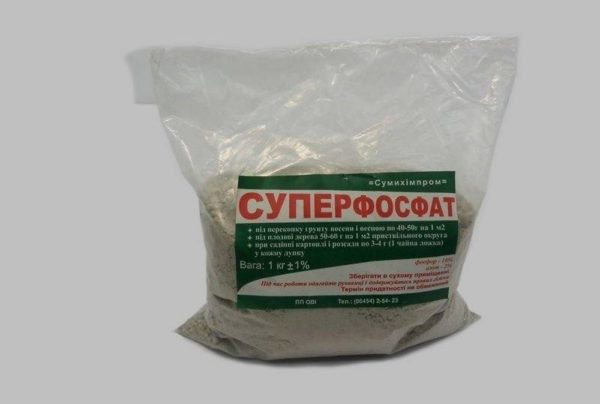 This phosphoric fertilizer is used in small areas, it is the most popular among gardeners. The composition of the agrochemical includes phosphoric acid, monocalcium phosphate, magnesium, sulfur. Produced in the form of granules, powder. The nutrient can be applied to any plants. Plus - the lack of requirements for soil composition. Simultaneous use with other nutritious mixtures is allowed. Fat strengthens the immune system, increases resistance to low temperatures and has a positive effect on plant growth. Thanks to these properties, crop yields increase.
This phosphoric fertilizer is used in small areas, it is the most popular among gardeners. The composition of the agrochemical includes phosphoric acid, monocalcium phosphate, magnesium, sulfur. Produced in the form of granules, powder. The nutrient can be applied to any plants. Plus - the lack of requirements for soil composition. Simultaneous use with other nutritious mixtures is allowed. Fat strengthens the immune system, increases resistance to low temperatures and has a positive effect on plant growth. Thanks to these properties, crop yields increase.
There are different ways of applying to the ground. For example, the earth is enriched during autumn digging or granules are added before transplanting. Superphosphate Considered a good option for a summer nutritional supplement. For the preparation of liquid phosphorus fertilizer take 5 l of water, 50 g of fertilizing.
Ammophos
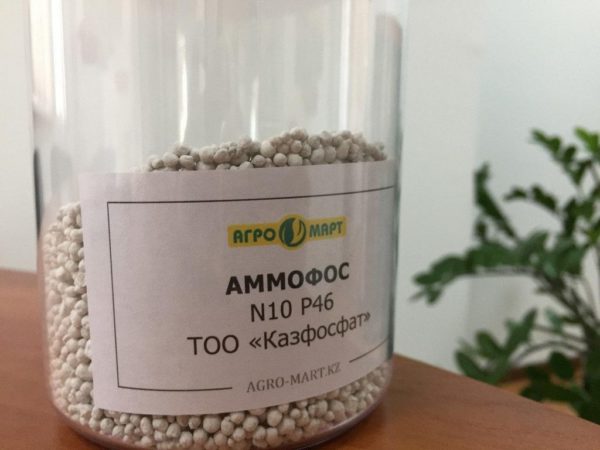 The additive belongs to the group of insoluble phosphorus fertilizers enriched with nitrogen and phosphorus. Ammophos does not contain toxins, nitrate compounds and heavy metals, which allows it to be used for fastidious vegetable crops, decorative flowers.
The additive belongs to the group of insoluble phosphorus fertilizers enriched with nitrogen and phosphorus. Ammophos does not contain toxins, nitrate compounds and heavy metals, which allows it to be used for fastidious vegetable crops, decorative flowers.
You can add fat at any stage of plant growth. But the best application is to add to the ground during autumn plowing or in spring before transplanting seedlings. With the spring method, the following proportions are adhered to (per 1 sq.m):
- vegetable crops - 20-25 g;
- berry bushes and fruit trees - 25-35 g;
- ornamental plants, lawn grass - 20 g;
- flowers - 15-25 (in the autumn period).
Diammophos (ammonium hydrogen phosphate)
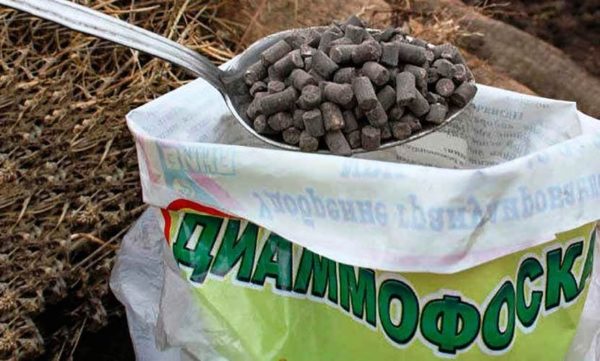 Highly concentrated phosphate top dressing in the form of small balls. It is used to improve the vital signs of plants and soften the acidic environment in the soil. You can increase the efficiency of the fat by combining it with organic top dressing (manure, bird droppings).
Highly concentrated phosphate top dressing in the form of small balls. It is used to improve the vital signs of plants and soften the acidic environment in the soil. You can increase the efficiency of the fat by combining it with organic top dressing (manure, bird droppings).
The best application time is a warm spring when planting crops. Approximately 20 g (1.5 teaspoon) of ammonium hydrogen phosphate will be required per well. To feed an already adult plant, a liquid solution is used. It is brought under the root.
Nitroammofoska
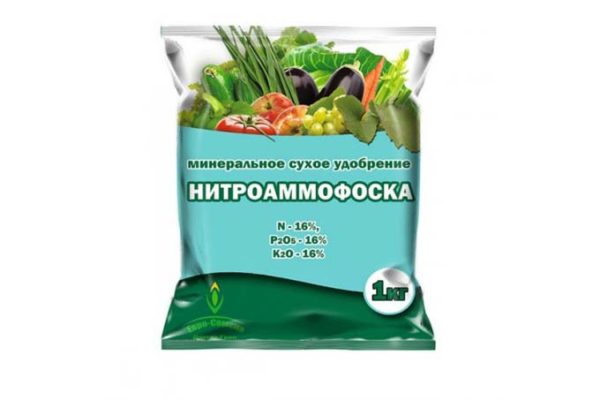 In addition to phosphorus, nitroammophoscopes contain potassium and nitrogen. Complex feeding is carried out in the form of granules or solution. There are several groups of such fertilizers, each designed for a specific type of soil and type of crop.
In addition to phosphorus, nitroammophoscopes contain potassium and nitrogen. Complex feeding is carried out in the form of granules or solution. There are several groups of such fertilizers, each designed for a specific type of soil and type of crop.
All components of the fertilizer have an easily digestible form, which allows them to easily enter the plant. It can be used both before planting, and at all stages of growth.
Phosphoric flour
Mineral fertilizer consists of 2 essential ingredients - phosphorus and calcium, and the concentration of the second is slightly higher. Produced in powder form. Calcium phosphate is poorly soluble in liquid. Fat is recommended for use on acidic soils or areas rich in organic matter.The sparingly soluble phosphorus flour is retained in the soil for a long time, therefore it is applied once every several years (for spring digging). For 10 square meters, 1.5-2 kg of fat will be required. The main advantages of the fertilizer are its natural composition, high efficiency and affordable price. The only drawback is the appearance of strong dust when dispersed or sprinkled.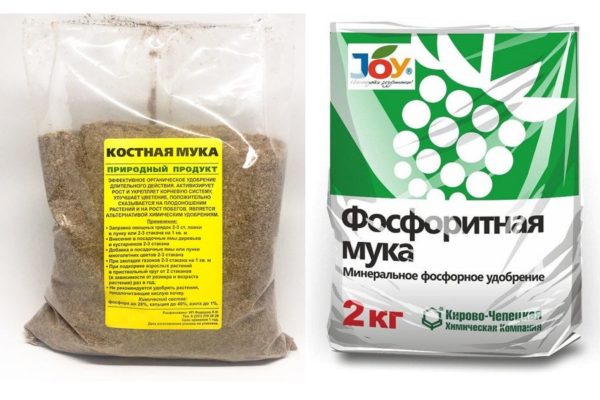
Bone meal (phosphoazotine)
A popular organic fertilizer is obtained in production during the processing of bones of domestic cattle. The composition of the resulting product is up to 35% phosphorus. Other useful chemical elements are present, for example, magnesium, manganese, zinc, iron, etc.
The dosage is selected, taking into account the type of planting. For vegetables, you need 2 tbsp. per hole, berry bushes - 90 g per square. m, fruit trees (pears, apple trees) - 220 g per square. m. Liquid form is an excellent option for feeding flowers and vegetables, because the average duration of the fertilizer is 6-8 months.
Feeding with phosphorus and potassium
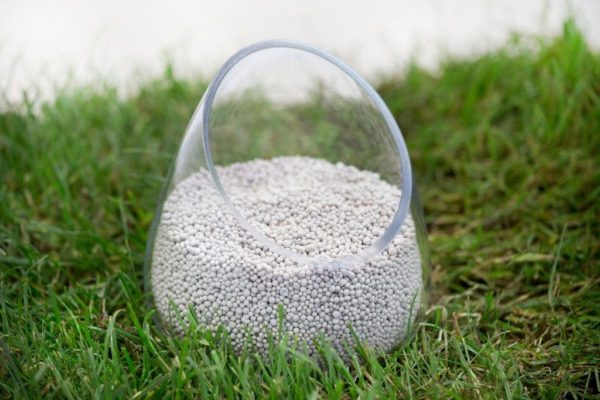 The complex additives lack nitrogen, which is responsible for building green mass. Despite this fact, such top dressing is essential for most crops. Nutrient supplements with phosphorus and potassium enhance plant growth, activate the formation of buds, ovaries and fruits. Thus, phosphorus-potassium complexes contribute to increased productivity.
The complex additives lack nitrogen, which is responsible for building green mass. Despite this fact, such top dressing is essential for most crops. Nutrient supplements with phosphorus and potassium enhance plant growth, activate the formation of buds, ovaries and fruits. Thus, phosphorus-potassium complexes contribute to increased productivity.
Nutrient complexes include:
- Agrofosku;
- Potassium metaphosphate;
- Atlanta Plus;
- Autumn (powdered top dressing).
DIY Organic Phosphorus Fertilizer
Organic phosphorus top dressing can be prepared from any garden grass. Natural sources with the highest concentration of phosphorites in biomass:
- sagebrush;
- thyme;
- feather grass;
- nettle;
- hawthorn;
- rowan berries.
Making a nutritional supplement is very easy. A kilogram of fresh raw materials (herbs) is placed in a plastic container and pour 6-8 liters of water. The composition is left in the sun for fermentation and kept for a week, stirring every day. The finished product is diluted with water 1: 9. Fertilizer is applied under the root of the plant.
Self-made compost has a natural composition. To harm a plant by applying it is almost impossible. Soil enrichment phosphoric fertilizers helps create favorable conditions for the rapid growth and development of the plant. The result of this treatment is a large crop of high quality.
Reviews
Marina Ivanovna, 56 years old
At my site, I try to use only additives that are organic. Bone meal is one of them. I bring in autumn under digging and in spring under seedlings. It especially affects tomatoes and cucumbers. I always harvest a decent crop. I recommend!
Galina, 40 years old
I prefer to enrich the earth with phosphorus-potassium fertilizer. I do not prepare the ground since autumn. I bring fertilizing to the hole when the seedlings are already ready for planting, then again during the flowering period. This approach helps to keep the buds.
Love, 67 years old
I prepare organic phosphorus fertilizer with my own hands from fresh wormwood or nettle. The cooking process is laborious and quite lengthy, but worth it. The nutritional supplement is natural and very useful for garden crops. I water all the vegetables with it. And most importantly - no cash costs. Be sure to try it!

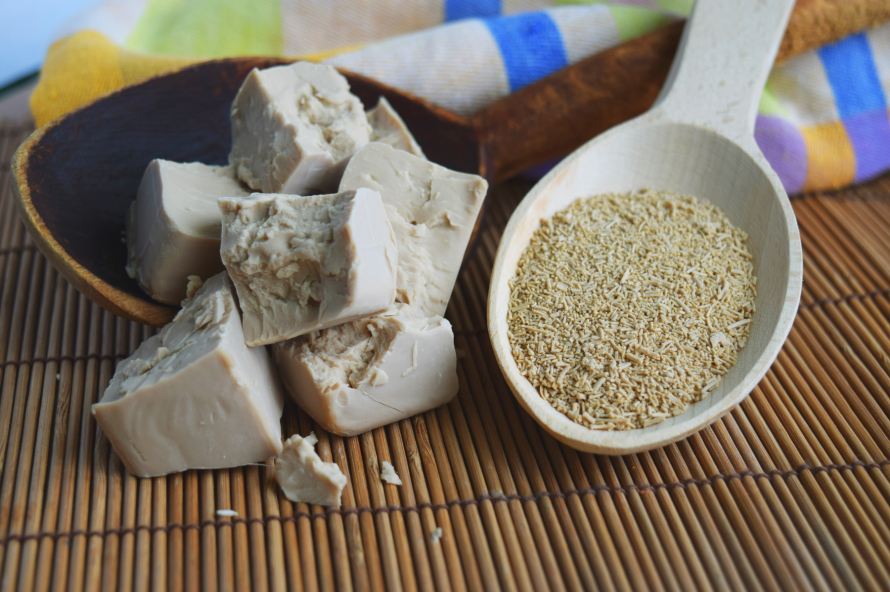
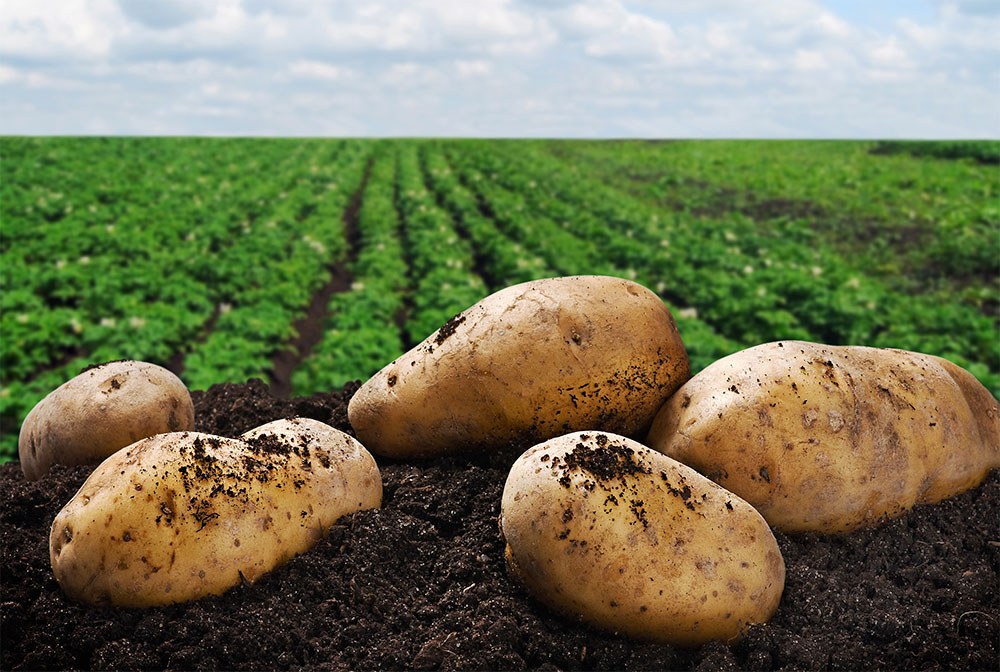
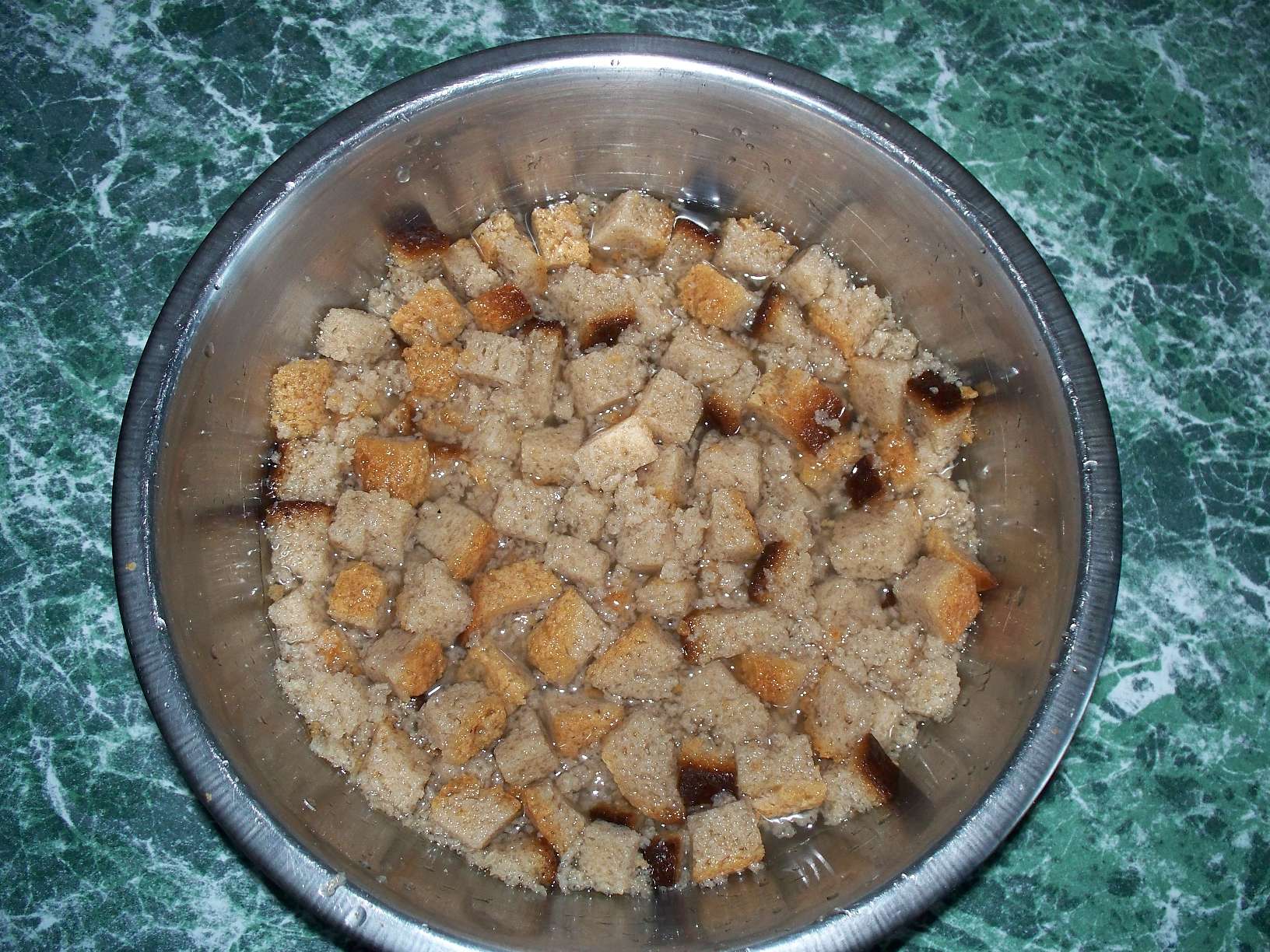
 Superphosphate: what is it and how to apply it
Superphosphate: what is it and how to apply it What problems can be expected from siderats?
What problems can be expected from siderats? Secrets of the collection, storage and use of eggshells in the garden
Secrets of the collection, storage and use of eggshells in the garden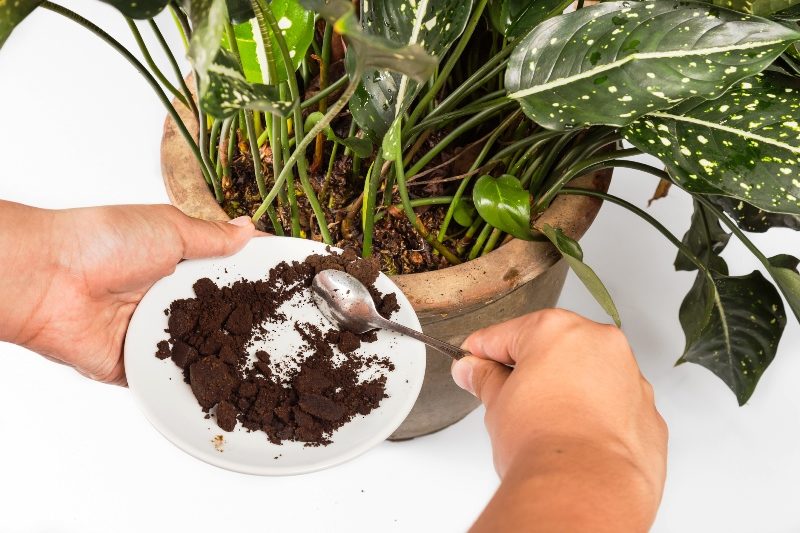 The most popular top dressing for indoor plants
The most popular top dressing for indoor plants